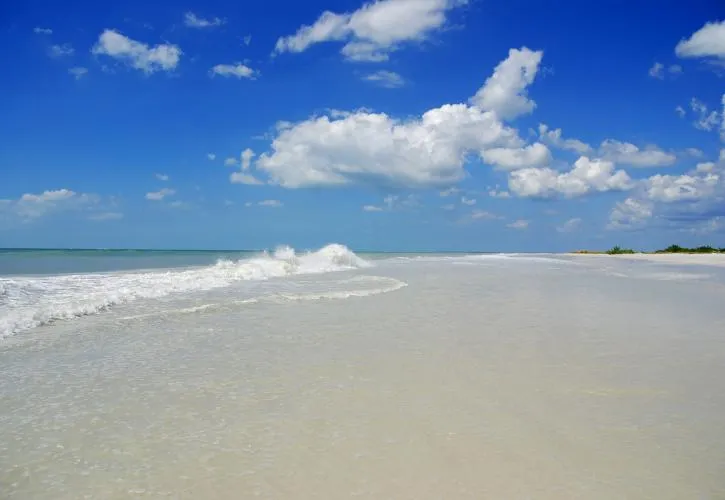Prime Fishing Spots at Honeymoon Island
Honeymoon Island, a pristine barrier island in Florida, offers some of the best fishing experiences. The island’s diverse ecosystems, including seagrass beds, mangrove shorelines, and open water, attract a variety of fish species, making it a paradise for anglers. This guide will help you make the most of your fishing adventure. Whether you are a seasoned angler or a beginner, Honeymoon Island provides ample opportunities for a successful and memorable fishing trip. Remember to always respect the natural environment and follow all fishing regulations to preserve this beautiful resource for future generations. Enjoy the sun, the water, and the thrill of the catch!
The Best Time to Fish
Timing is everything when it comes to fishing. The best time to fish at Honeymoon Island often depends on the target species and the seasonal patterns. Generally, the cooler months, from fall through spring, offer prime fishing conditions for species like snook, redfish, and trout. During these months, the water temperatures are more favorable, and fish tend to be more active. However, summer months can also be productive, especially for species like tarpon and various types of sharks. Always check local fishing reports to stay updated on the current bite and the most active species. Understanding these seasonal variations can significantly increase your chances of a successful day on the water.
Weather Conditions and Their Impact

Weather plays a crucial role in fishing success. Sunny days with light winds are often ideal, creating calm waters and making it easier for fish to spot your bait. However, overcast days can also be productive, as they provide shade and can make fish more active, especially during the hotter months. Strong winds can make fishing challenging and may stir up the bottom, reducing visibility. Always check the weather forecast before heading out and be prepared for changing conditions. Safety should always be your top priority; if the weather turns unfavorable, it’s best to postpone your fishing trip.
Tidal Influence on Fishing
Tides significantly influence fish behavior and movement. Incoming tides, which bring water into the flats and mangrove areas, often bring fish with them, as they follow the rising water in search of food. Outgoing tides can be equally productive, as fish may congregate in channels and deeper holes as the water recedes. Fishing during the change of tides, when the water is moving most actively, can be particularly fruitful. Pay attention to the tide charts and plan your fishing trip around the periods of peak tidal movement. Understanding tidal patterns is key to predicting fish movements and increasing your chances of a successful catch. The constant flow of water brings in nutrients and baitfish, which in turn attract larger predators.
Essential Gear and Equipment
Having the right gear is essential for a successful fishing trip. This includes a suitable rod and reel, appropriate line, hooks, and a tackle box stocked with various lures and bait. Other essential items include a fishing license, sunscreen, a hat, and polarized sunglasses to protect your eyes from the glare. Consider bringing a cooler to keep your catch fresh, as well as a first-aid kit for any minor injuries. Proper preparation and equipment can significantly enhance your fishing experience and make it more enjoyable. Always check your gear before you go to ensure everything is in good working condition, and don’t forget to bring plenty of water to stay hydrated, especially on a hot day.
Choosing the Right Rod and Reel
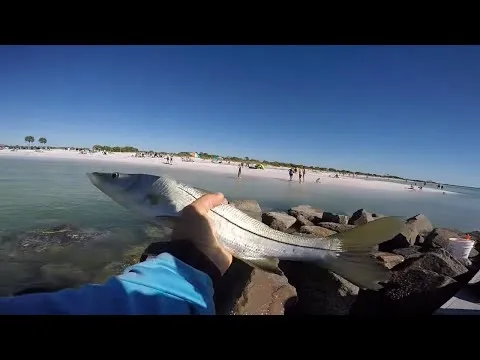
The choice of rod and reel depends on the type of fish you’re targeting and the fishing techniques you’ll be using. For light tackle fishing for species like trout and redfish, a 7-foot medium-action spinning rod paired with a 2500-3000 series reel is a good choice. For larger species, such as snook and tarpon, you’ll need a heavier rod and reel, such as a 7-8 foot medium-heavy to heavy action rod and a 4000-5000 series reel. Always match your line weight to your rod and reel to ensure optimal performance and prevent line breakage. Consider the specific characteristics of each rod and reel before selecting your gear. Look for rods with good sensitivity and reels with smooth drag systems. Practice casting with your chosen setup before heading out to get familiar with the equipment.
Selecting the Ideal Bait
Choosing the right bait is crucial for attracting fish. Live bait, such as shrimp, pinfish, and mullet, is often the most effective, as it closely mimics the natural prey of local fish species. Artificial lures, like soft plastic shrimp, jerk baits, and topwater lures, can also be highly effective, especially when targeting specific species. The best bait often depends on the species you’re targeting, the time of year, and the specific location. Research which bait works best for the species you’re aiming to catch. Using fresh bait and presenting it properly can make all the difference in your fishing success. Pay attention to local bait shops for insights into which bait types are performing the best at any given time. If using live bait, make sure to handle it carefully to keep it lively.
Tips for Effective Bait Presentation
How you present your bait can significantly impact your catch rate. When using live bait, try to mimic the natural movement of the baitfish. For example, hooking a live shrimp through its horn and casting it towards structures where fish may be hiding. For artificial lures, vary your retrieve speed and action to find what triggers a strike. Experiment with different techniques, such as twitching, jerking, and slow reeling, to see what works best. Consider the water conditions, the target species, and the time of day when choosing your presentation technique. Using the right presentation can significantly increase your chances of attracting fish. The goal is to make your bait look as natural and appealing as possible. Observe the fish behavior to adjust your presentation accordingly.
Mastering Fishing Techniques at Honeymoon Island
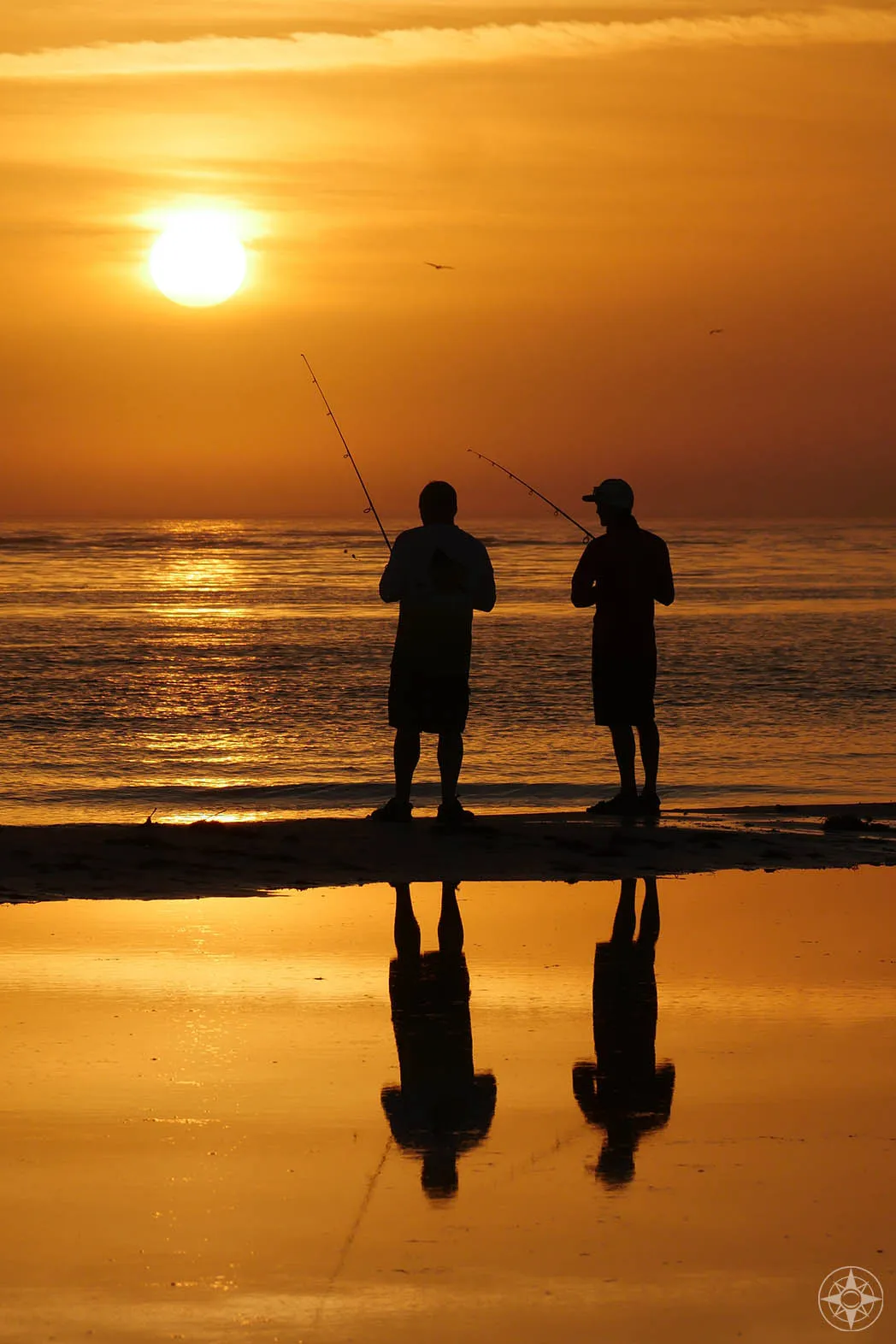
To excel at fishing, it’s important to master different techniques. Casting, reeling, and hook setting are key to improving your fishing skills. Learning the basics and practicing regularly will improve your overall success. Whether you are a beginner or an experienced angler, understanding the fundamentals of fishing can make a significant difference. Honeymoon Island is a great place to practice and refine your skills. Consider taking a fishing lesson or joining a guided fishing tour to learn from experienced anglers. This can help you improve your techniques and learn valuable tips and tricks for fishing at Honeymoon Island.
Casting Techniques for Different Fish Species
Different species require different casting techniques. For example, when targeting snook, casting near structures, such as docks and mangrove shorelines, is effective. For redfish, casting into shallow flats is a great strategy. For species like tarpon, long casts are often necessary to reach where they are feeding. Practicing your casting skills and learning how to adapt your technique to different environments is crucial for success. The accuracy and distance of your cast directly impact your catch rate. Using the correct casting technique can significantly increase your chance of attracting specific species. Consider the wind direction and current when casting to maximize your chances.
How to Reel in Your Catch
Reeling in a fish is an art that requires patience and technique. Once you have a fish on the line, keep the rod tip up and the line tight. Avoid giving the fish too much slack, as this can allow it to escape. Reel in steadily, maintaining constant pressure, and use the drag on your reel to tire the fish. If the fish runs, let it take some line, and then slowly reel it back in. Be prepared for a fight and use the rod to absorb the shock. Proper reeling technique ensures you safely land the fish. Never force the reeling. The fish must be brought to you patiently. Finally, when the fish is close, gently bring it in and prepare to release it back into the water or prepare for a catch and release.
Rules and Regulations of Fishing
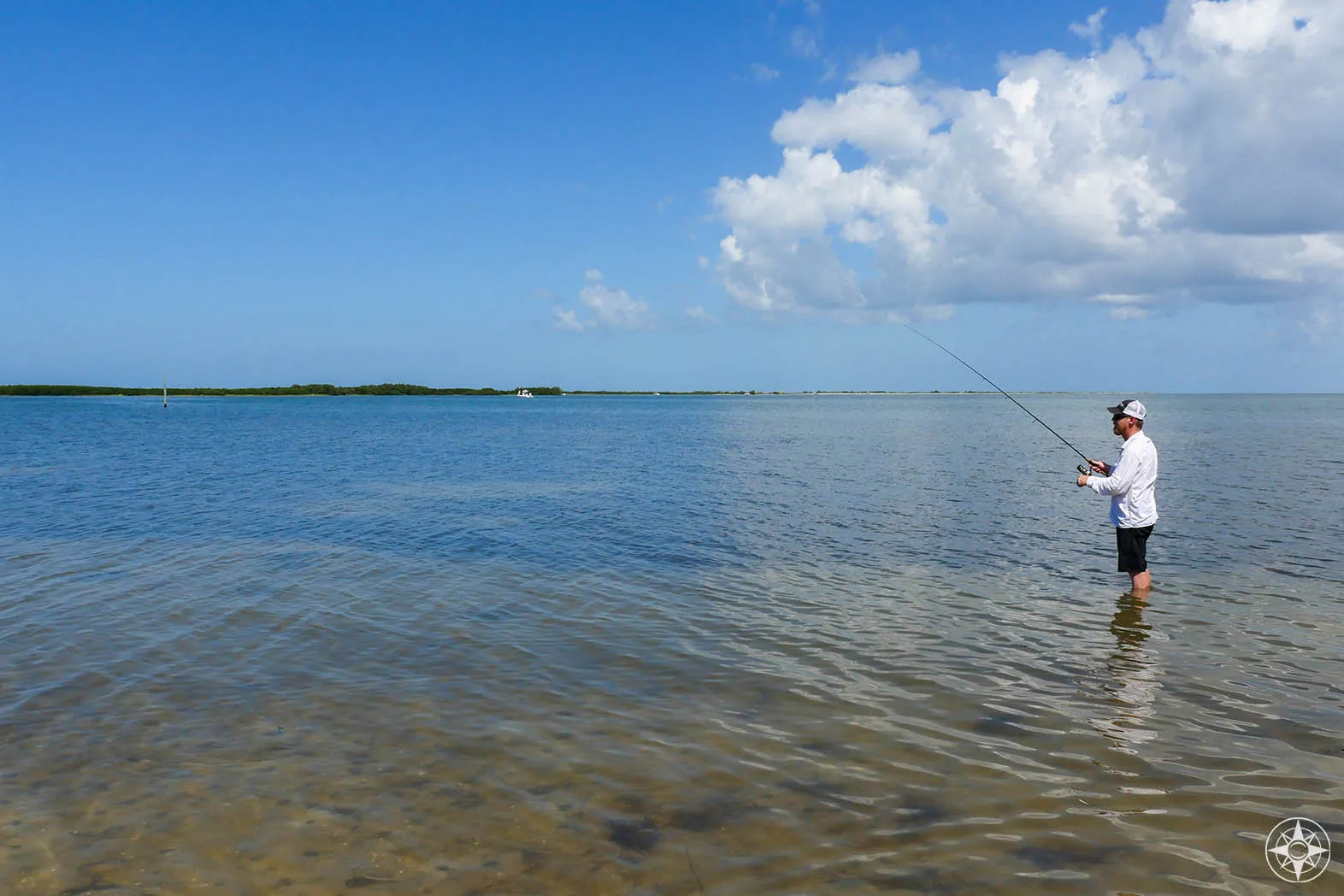
Following the fishing rules and regulations is essential for the conservation and sustainability of the local fish populations. These regulations are in place to protect the natural resources and ensure that fishing can be enjoyed for generations to come. Before fishing, it’s crucial to be aware of all current rules and regulations. These include licensing requirements, size limits, and catch limits. You can find this information on the Florida Fish and Wildlife Conservation Commission (FWC) website or at local bait and tackle shops. Always respect the rules and regulations of fishing to help preserve the ecosystem of Honeymoon Island.
Licenses and Permits
Before fishing at Honeymoon Island, you must obtain the appropriate fishing license. The Florida Fish and Wildlife Conservation Commission (FWC) requires licenses for residents and non-residents. The type of license you need depends on your age, residency status, and the type of fishing you’ll be doing (e.g., recreational saltwater). Licenses can be purchased online through the FWC website, at local tax collector offices, or at many bait and tackle shops. Make sure to carry your license with you at all times while fishing. Non-compliance can result in fines and other penalties. Always check the latest requirements before planning your fishing trip, as regulations may change.
Size and Catch Limits
Size and catch limits are in place to protect fish populations and ensure sustainable fishing practices. These limits vary depending on the species, and it’s essential to be aware of the specific rules for each fish you intend to catch. Before you start fishing, familiarize yourself with the latest size and catch limits set by the FWC. These limits may vary seasonally. If you catch a fish that’s undersized, you must release it back into the water as gently as possible. Adhering to size and catch limits helps to ensure healthy fish populations and supports the future of fishing at Honeymoon Island. These limits help to protect spawning fish and allow for sustainable fishing practices.
Conservation and Responsible Fishing Practices
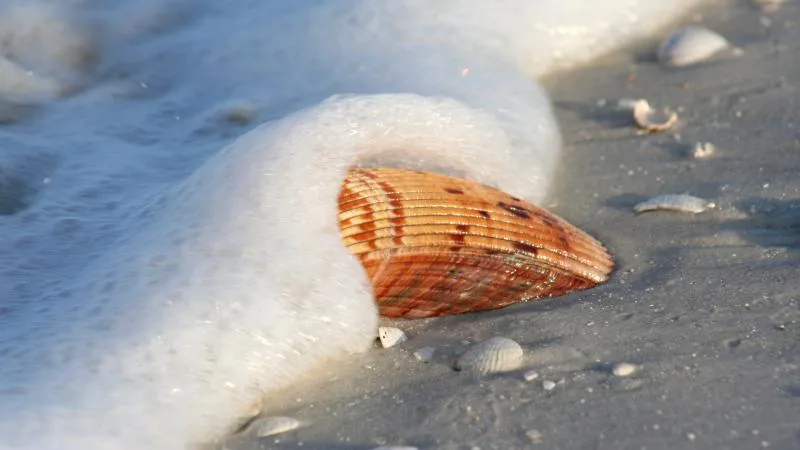
Responsible fishing is essential for preserving the natural beauty and resources of Honeymoon Island. By practicing ethical fishing techniques, anglers can help to minimize their impact on the environment and ensure the long-term health of the ecosystem. This includes following all fishing regulations, practicing catch and release when appropriate, and minimizing your environmental footprint. By being a responsible angler, you contribute to the protection of this beautiful natural resource for future generations. Responsible fishing is important to maintain the health of the ecosystem and to preserve the fishing opportunities for everyone.
Minimizing Environmental Impact
Minimizing your environmental impact is crucial for protecting the delicate ecosystems of Honeymoon Island. Dispose of all trash properly, avoid disturbing seagrass beds, and be mindful of your impact on the marine environment. Use biodegradable fishing line, avoid releasing balloons, and minimize your use of single-use plastics. Choose eco-friendly sunscreen and cleaning products. Simple actions can make a significant difference in preserving the island’s natural beauty and biodiversity. When you’re finished with your fishing trip, leave the area cleaner than you found it. The choices you make today will impact the future of the environment.
Sustainable Fishing Techniques
Sustainable fishing techniques aim to maintain healthy fish populations and ensure the long-term viability of fishing. This includes practicing catch and release, using circle hooks, and choosing fishing gear that minimizes harm to fish. Consider barbless hooks for easier release. Knowing how to handle fish gently and release them unharmed is essential. Respecting size and catch limits helps to protect breeding fish, so they can continue to reproduce. By embracing sustainable fishing practices, anglers can contribute to the preservation of the natural resources and ensure that fishing remains a rewarding activity for years to come. Making informed decisions about your fishing practices can make a real difference.
